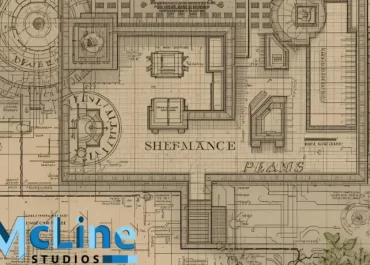When undertaking a new project, be it a residential or commercial construction endeavor, it’s crucial to assemble the right team of professionals to ensure its success. Among the key players are subcontractors, contractors, and builders. In this article, we will explore the roles of each and shed light on when and why you might need their expertise. Whether you’re searching for the best architectural drafting in the USA or considering architectural rendering understanding the distinctions between these roles is essential.
What Does the Subcontractor Do?
Subcontractors are the specialists of the construction world. These professionals focus on specific tasks, such as electrical work, plumbing, or HVAC systems. When your project requires expertise in a particular area, subcontractors are the go-to choice. Their specialized knowledge ensures that every aspect of your project is executed with precision and efficiency.
However, managing multiple subcontractors can be a challenging task, as coordination becomes paramount. Effective communication and project management skills are crucial to ensure that the various specialized components integrate seamlessly. For architectural drafting projects, subcontractors play a pivotal role in executing specific design elements with utmost accuracy.
What Are the Responsibilities of the Contractor?
Contractors act as the conductors of the construction orchestra. They oversee the entire project, coordinating various subcontractors, managing timelines, and ensuring that everything aligns with the architectural vision. Contractors bring a comprehensive understanding of the construction process, from the initial concept to the final touches.
Opting for a contractor can streamline the construction process, offering a centralized point of contact for all aspects of the project. This can be particularly beneficial for architectural drafters, as it allows for a smoother collaboration and integration of design elements into the construction process.
What Is the Role of Builder in the Construction Process?
Builders take on a more holistic role, managing both the design and construction aspects of a project. They are involved from the project’s conceptualization to its completion. Builders often have in-house design teams, allowing for seamless communication and collaboration between the architectural and construction phases.
Choosing a builder can be advantageous for projects where a cohesive and unified approach is essential. The synergy between design and construction ensures that the architect’s vision is translated accurately into the built environment. Builders are ideal for clients seeking a one-stop solution for their architectural drafting and construction needs.

Whom to Choose For Your Next Project?
The decision between a subcontractor, a contractor, or a builder depends on the scope and complexity of your architectural project. For intricate designs that require specialized expertise, subcontractors may be the key. If you’re looking for a project manager to oversee the entire construction process, a contractor could be the right fit. On the other hand, if you desire a seamless integration of design and construction, a builder might be the best choice.
Conclusion
In conclusion, understanding the roles and distinctions between subcontractors, contractors, and builders is crucial when embarking on a construction project. The decision to subcontract or hire a contractor depends on various factors such as project complexity,
At McLine Studios, we understand the importance of precision in architectural drafting. Our team of experts specializes in providing top-notch shop drawing services, ensuring that your designs are translated flawlessly into the built environment. With a commitment to excellence, McLine Studios is your trusted partner for turning architectural visions into reality.




